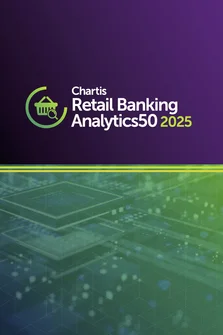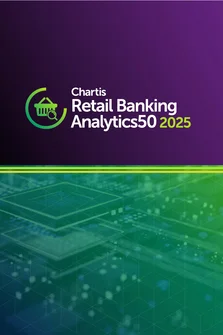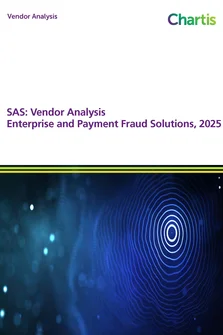<p>The financial crisis has acted as a spur for financial institutions to re-examine the way in which they operate, and the way in which they consider risk, finance, and performance. Many financial institutions have come to recognise that the internal structures, systems, and performance measurements they had in place during the pre-crisis period were inadequate. These inadequacies contributed to the causes of the crisis, increased the impact of the crisis on some financial institutions, and made it difficult for financial institutions to respond, or even to know how to respond.</p>
<p>Looking back on what went wrong, many firms are beginning to see the need for a complete transformation in their thinking and approach to business growth and generating profits. For example, competitive and financial pressures led to an emphasis on profit at any price. Increasingly financial institutions are abandoning this approach and are beginning to place greater emphasis on risk-adjusted returns. However, recognising that more profitable business lines are often also much riskier is one thing; measuring and accounting for it is another.</p>
<p>Pricing risk and compensating for risk requires a bank to re-think the way in which it measures performance. Many financial institutions are attempting to move to risk-adjusted performance measures and to connect their financial measurements with their risk measurements. Moving to risk-based performance management means moving to internal systems that have greater integration between risk and finance and that have more dynamic metrics and measurements, as shown below in Figure 1.</p>
<p><img alt="Integrating risk and finance - diagram" data-entity-type="" data-entity-uuid="" src="{filedir_3}chart1.jpg" /><img alt="" data-entity-type="" data-entity-uuid="" src="image/gif;base64,R0lGODlhAQABAPABAP///wAAACH5BAEKAAAALAAAAAABAAEAAAICRAEAOw==" /></p>
<p>To move to this kind of system and to ensure that the data supplied is of a high enough quality will require robust integrated data management. Doing so will also give financial institutions a greater awareness of their businesses. Combining risk and financial data will allow financial institutions to gain a clearer enterprise-wide view of their institution, helping to solve financial institutions’ information problems.</p>
<p>At the same time, new regulations announced by the Basel Committee have increased the reporting requirements for financial institutions, in size, frequency, and complexity. Financial institutions will also have to comply with the new IFRS accounting standards. These standards require financial institutions to make significant changes to their accounting practices, which will need more data than previous practices. The increase in data required by regulators is already creating resource pressures for financial institutions’ risk and finance departments.</p>
<p>A solution to these problems is to integrate financial and risk management systems and take advantage of the fact that these processes use a significant amount of shared data. Chartis has found that organizations that adopted Basel II reporting separately from their performance reporting have as much as an 80% overlap of data and attributes. Integrating and streamlining data systems will improve the efficiency of compliance and give financial institutions that adopt these systems a competitive edge.</p>
<p>The following key factors are therefore pushing financial institutions to integrate their data systems:</p>
<ul>
<li>A desire to move towards risk-based performance measurements</li>
<li>The need to provide better enterprise-wide information</li>
<li>The need to cope with increased regulatory reporting requirements</li>
</ul>
<p>Integration of finance and risk will require a robust technology system. Chartis believes FinArch to be a leading vendor in the integration of risk and finance market. This report highlights FinArch’s capabilities in these areas and its competitive position in these markets.</p>
Only users who have a paid subscription or are part of a corporate subscription are able to print or copy content.
To access these options, along with all other subscription benefits, please contact info@chartis-research.com or view our subscription options here: https://www.chartis-research.com/static/become-a-member
You are currently unable to print this content. Please contact info@chartis-research.com to find out more.
You are currently unable to copy this content. Please contact info@chartis-research.com to find out more.
Copyright Infopro Digital Limited. All rights reserved.
As outlined in our terms and conditions, https://www.infopro-digital.com/terms-and-conditions/subscriptions/ (point 2.4), printing is limited to a single copy.
If you would like to purchase additional rights please email info@chartis-research.com
Copyright Infopro Digital Limited. All rights reserved.
You may share this content using our article tools. As outlined in our terms and conditions, https://www.infopro-digital.com/terms-and-conditions/subscriptions/ (clause 2.4), an Authorised User may only make one copy of the materials for their own personal use. You must also comply with the restrictions in clause 2.5.
If you would like to purchase additional rights please email info@chartis-research.com


